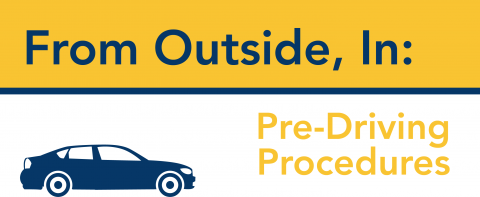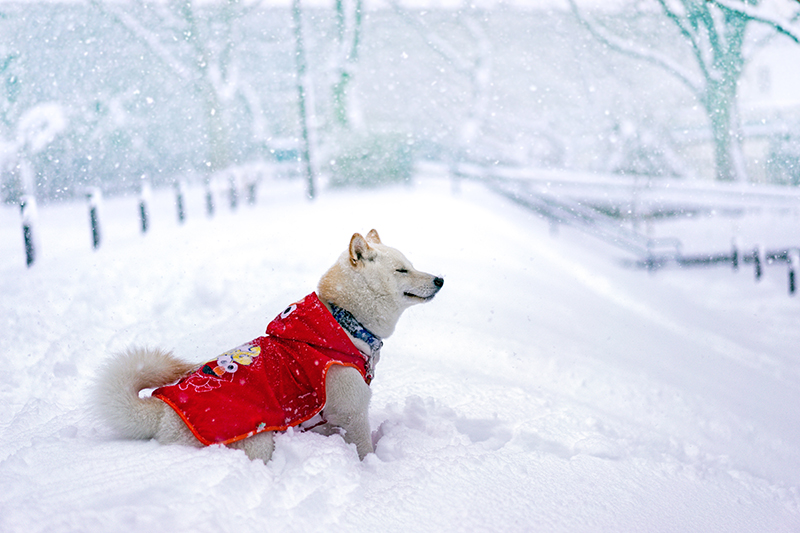
Whether you have been driving for years or you are learning to drive with a learner’s permit, you need a car in healthy condition to carry you from point A to point B. It is important to see that you car does more than just start when you put the keys in the ignition. Go through this checklist as you enter your car and depart for your destination to ensure your car is ready to go.
Outside
- Check the condition of your tires. It can be dangerous to drive on tires that are not properly inflated, pressure is not balanced, or are overly warn.
- Evaluate the surroundings of your car. See that there are no objects lying around, pedestrian or children in the area, or other cars that may be in your blind spot once you are behind the wheel.
- Make sure there is no fluid leakage. Engine Oil leakage may cause your car to be undrivable. Usually this oil piles up underneath the car and begins as a slow trickle when the car is parked overnight. There can also be leakage of gasoline, transmission fluid and brake fluid, none of which should be ignored.
- Check the car for any damage. If there is a scratch, dent, or bump that was not on the car the last time you saw it, it is best to know right away so you can let your insurance company know. Most important is to note any window or glass damage. It is dangerous to drive with damaged windows and it will also impair your vision on the road.
- In the winter, make sure snow is not blocking any windows, mirrors, or lights so you can maximize your view of the road.
Inside
- Loose and hanging objects should be secured or removed from the vehicle so they do not roll around or become a distraction when driving.
- Avoid overloading your vehicle so you can maintain a clear view. Don’t pack the car above the back seats as any items placed higher become a risk.
- Make sure that all seat buckles are properly functioning and secured for all the passengers of the automobile. Also, make sure the doors are securely shut.
- Adjust mirrors and seat for maximum comfortability and visibility.
Going through this checklist each time you get into your car may seem time consuming, but it’s important to always do everything you can to keep yourself and those around you safe on the roads.
